Your Cart is Empty

Shop By Vehicle:
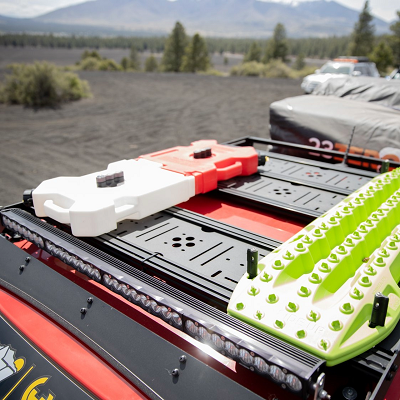
Roof Racks
Bed Racks
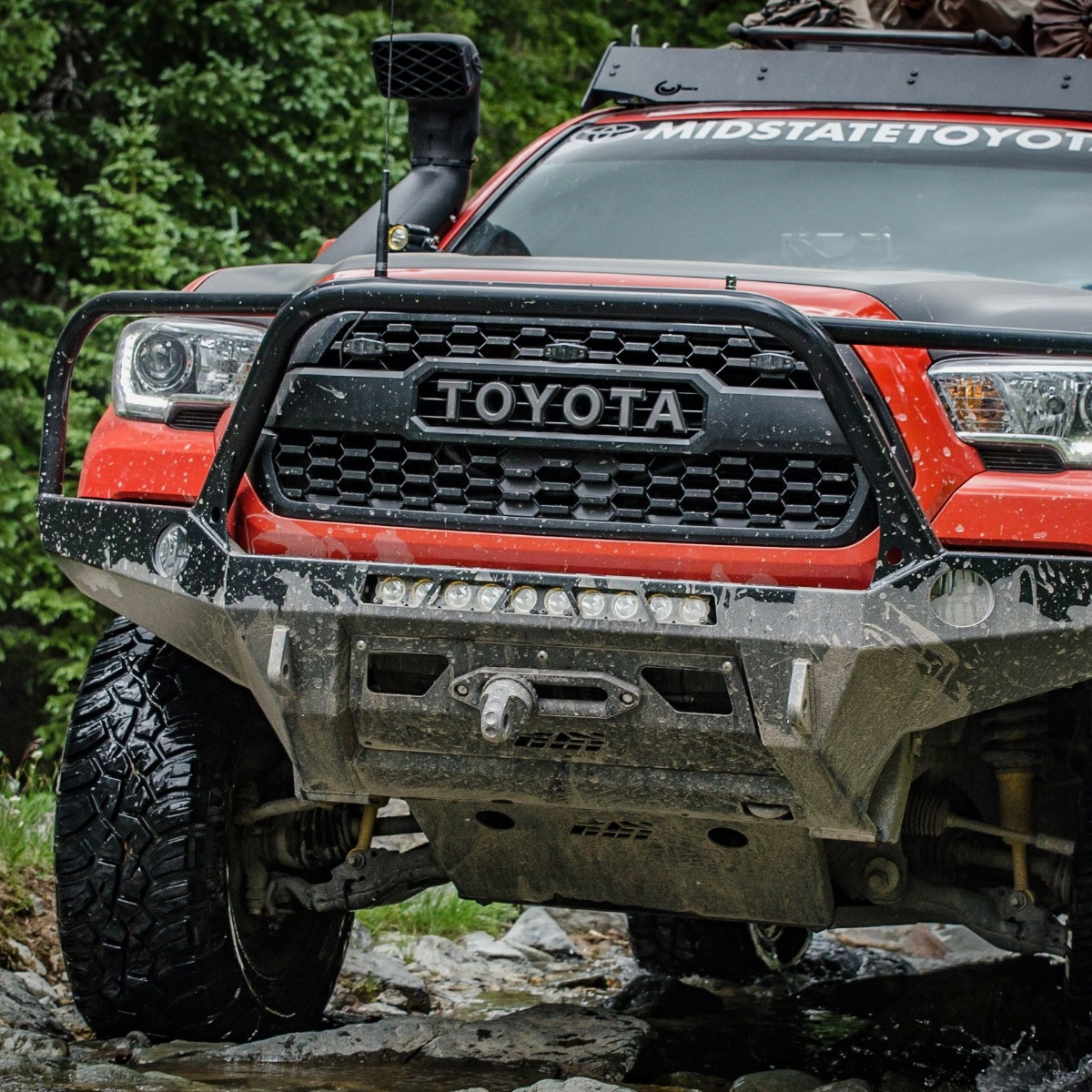
Front Bumpers
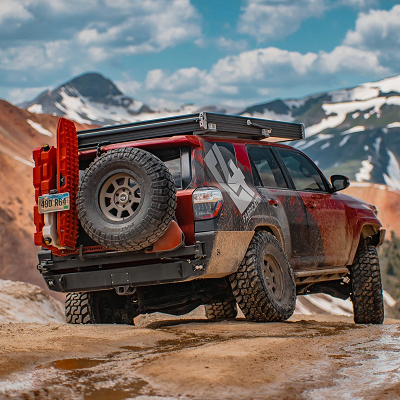
Rear Bumpers
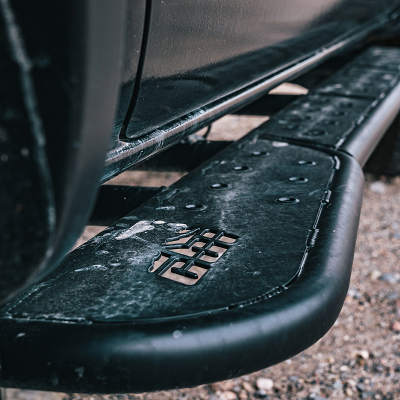
Rock Sliders
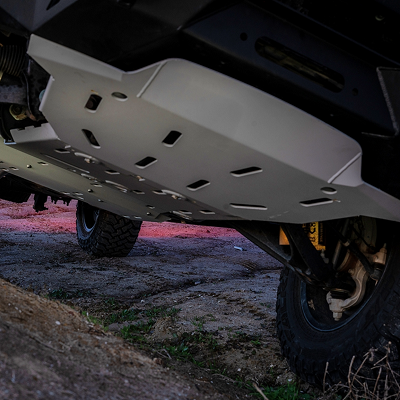
Skid Plates
October 31, 2024 6 min read 1 Comment
Whether you're an experienced offroader or someone who is just getting into it, understanding the practice of "airing down" is essential to maximizing your vehicle’s performance and safety on the trail. Lowering tire pressure while offroad is not only a practical technique but also a proven way to protect both your vehicle and the trail. In this blog, we’ll explore why airing down is a good idea, the benefits it offers, the ideal tire pressures to aim for, and how to air down properly.

When you air down, you’re essentially allowing your tires to adapt better to uneven terrain. Trails often consist of sand, rocks, mud, and/or loose dirt—all of which can challenge even the best-equipped vehicles. By reducing tire pressure, you increase the tire’s contact area with the ground, providing more stability and traction. This process has multiple benefits and has been used by experienced offroaders for years. Some of the immediate benefits including:
Different terrains require different tire pressures to achieve the best results and the "right pressure" depends on numerous factors including the trail, vehicle, tire, and specific use case. The numbers referenced below should be used as a guide and the optimal tire pressure may fall outside the recommended range given your specific circumstances.
Keep in mind that these are general guidelines, and the ideal pressure can vary depending on your vehicle’s weight, tire type, and personal preference. It’s always a good idea to test out different pressures on short trails first to find what works best for your setup.

If you’re ready to hit the trail and want to air down, follow these general steps:
Choose the Right Tools
While you can air down manually by pressing the valve core with something like a key, it’s faster and more accurate to use a tire deflator tool. These tools allow you to quickly and precisely lower the pressure, helping you achieve consistency across all tires. Some tire deflators even allow you to deflate all 4 tires at one time and ensure consistent pressure across all 4 tires.
Check Tire Pressure Regularly
Start by setting each tire to a specific PSI based on the terrain, then check pressure regularly throughout the day. This is especially important if temperatures change or if you’re moving between different types of terrain, as pressure can fluctuate.
Bring an Air Compressor
Once the day’s trail ride is over, it’s essential to reinflate tires to safe on-road levels before driving on pavement. An onboard or portable air compressor is invaluable for this purpose, ensuring you don’t risk damaging your tires on the drive home.
Check with Manufacturer Guidelines
Consult your vehicle and tire manufacturer’s recommendations on minimum tire pressures, as too low a pressure can lead to issues with handling and tire damage. Additionally, know your vehicle’s limits—heavier vehicles may need a slightly higher PSI to maintain tire integrity. It is also advices to start small as it is easier in decrease the tire pressure more if needed vs needing to re-inflate the tire while on the trail.
Practice Makes Perfect
Finding the optimal tire pressure for your specific vehicle and tire combination may take some experimentation. Don’t hesitate to try different pressures on easy trails first to become comfortable with how your vehicle performs.
While airing down is incredibly beneficial, it’s not without its considerations. Here are some tips to keep in mind:
Avoid Going Too Low: Lowering tire pressure too much can lead to “de-beading,” where the tire separates from the wheel rim. This can be difficult to fix on the trail without proper tools or specialized equipment.
Stay Aware of Terrain Changes: Adjust your tire pressure if the terrain changes significantly. For example, if you start on sand and transition to rocky paths, increasing the pressure slightly can help protect against punctures.
Be Prepared for Reduced Ground Clearance: Lower tire pressure can slightly reduce ground clearance. Be mindful of this when navigating obstacles, especially if you have a lift kit or larger tires.
The benefits of airing down go beyond just enhanced traction and a smoother ride:
Prolongs Tire Life: By reducing impacts and puncture risks, aired-down tires are less likely to incur damage, meaning fewer replacements and potentially longer tread life.
Less Strain on Suspension: With tires absorbing more impact, there’s less stress on your vehicle’s suspension. This can be beneficial for both factory and aftermarket suspensions, ultimately extending their lifespan.
Easier Recovery from Getting Stuck: If you do get stuck, aired-down tires provide more surface area and traction for easier recovery. Combined with tools like a winch or MAXTRAX recovery boards, you’re far better equipped to handle recovery situations.

Airing down is an essential practice for any offroad enthusiast and is relatively easy to incorporate into your pre-trail routine. Not only does it improve the vehicle’s performance, but it also enhances your safety, preserves the environment, and saves you from potential issues.
Before you hit the trail, take a few minutes to air down, test different pressures to see what works best, and remember to have the right tools on hand for both airing down and reinflating. As you grow more comfortable with adjusting tire pressure, you’ll find that your off-road experience improves significantly.
By following these guidelines, you can confidently tackle even the toughest trails and fully enjoy the adventure that offroading has to offer.
Comments will be approved before showing up.
Sign up to get the latest on sales, new releases and more …
Tom Saroch
August 26, 2025
I’ve been wheeling for many years. Airing down & driving skills are worth more than 99% of all the mods you spend $$$ on.